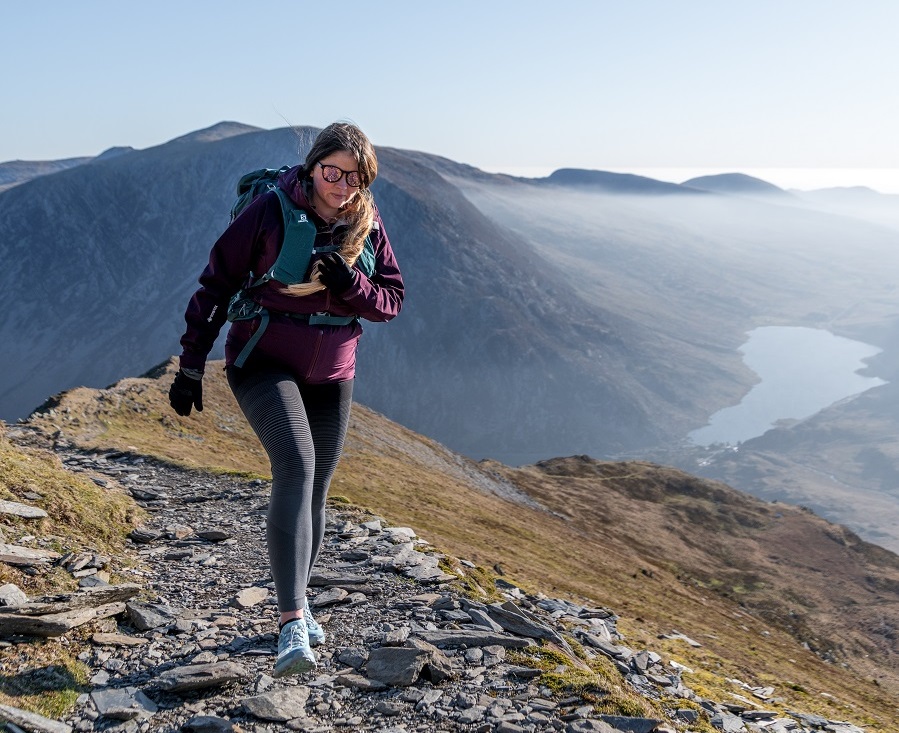
The UK offers a diverse range of trails perfect for summer hiking. However, with the unpredictable British weather and varying terrain, packing the right essentials is crucial for a safe and enjoyable experience. This guide covers the must-have items for your UK summer hike.
What to wear for summer hiking
Base Layers:
Base layers are the unsung heroes of your hiking attire, serving as the first line of defence against sweat and temperature fluctuations. They sit directly on your skin, wicking away moisture to keep you dry and regulating your body temperature to keep you comfortable throughout your hike.
Consider the expected weather conditions for your hike. In warmer weather, a lightweight, short-sleeved base layer may suffice. For cooler conditions or higher altitudes, opt for a long-sleeved base layer or even a heavier weight merino wool option. If you anticipate high-intensity activity or lots of sweating, choose a base layer with superior moisture-wicking capabilities. Merino wool or synthetic blends designed for active use are ideal.
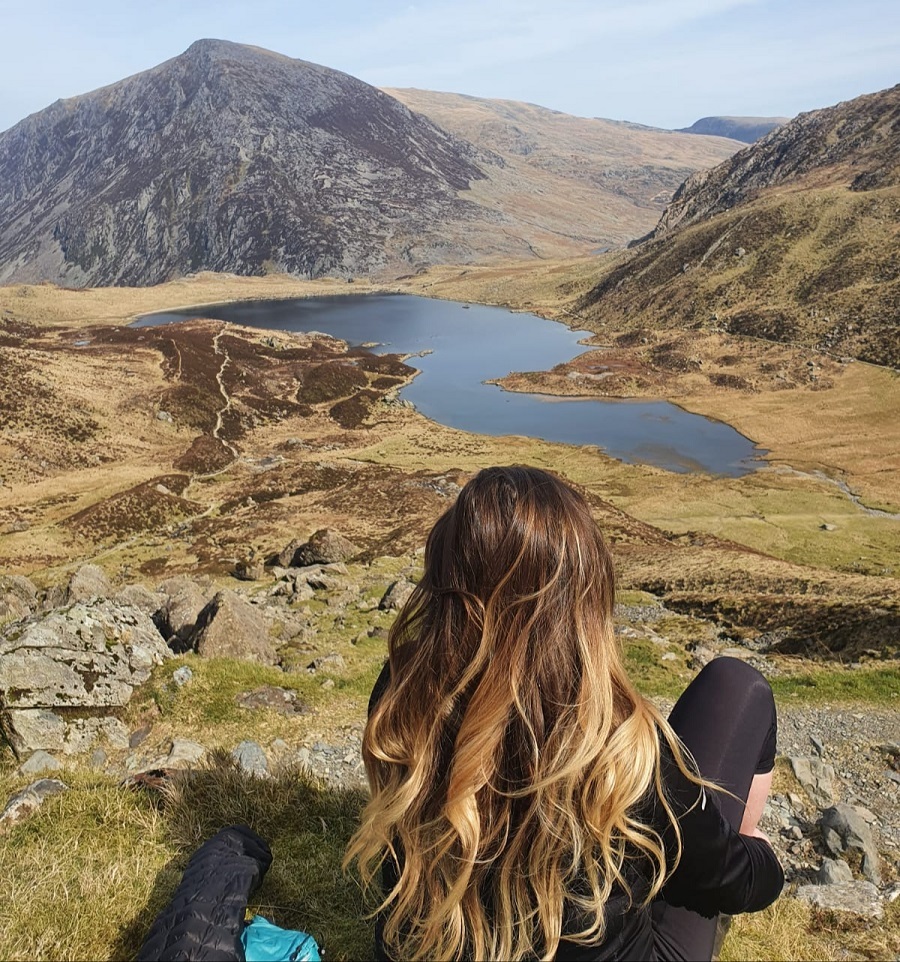
Hiking trousers or shorts:
Your choice of lower body wear plays a pivotal role in your comfort and mobility on the trail. Whether you opt for hiking trousers, shorts, or even gym leggings, prioritising the right features is key for a successful hike. Summer hikes can quickly turn into sweaty affairs. Choose fabrics that are lightweight and breathable to prevent overheating and allow for air circulation. Nylon, polyester, and merino wool blends are all excellent options.
Unexpected rain showers or stream crossings are common occurrences on UK trails. Quick-drying fabrics ensure that you don’t stay damp and uncomfortable for long, reducing the risk of chafing and blisters. Hiking involves a lot of movement, from scrambling over rocks to striding up steep inclines. Trousers or shorts with a bit of stretch offer unrestricted movement and flexibility, allowing you to navigate the terrain with ease.
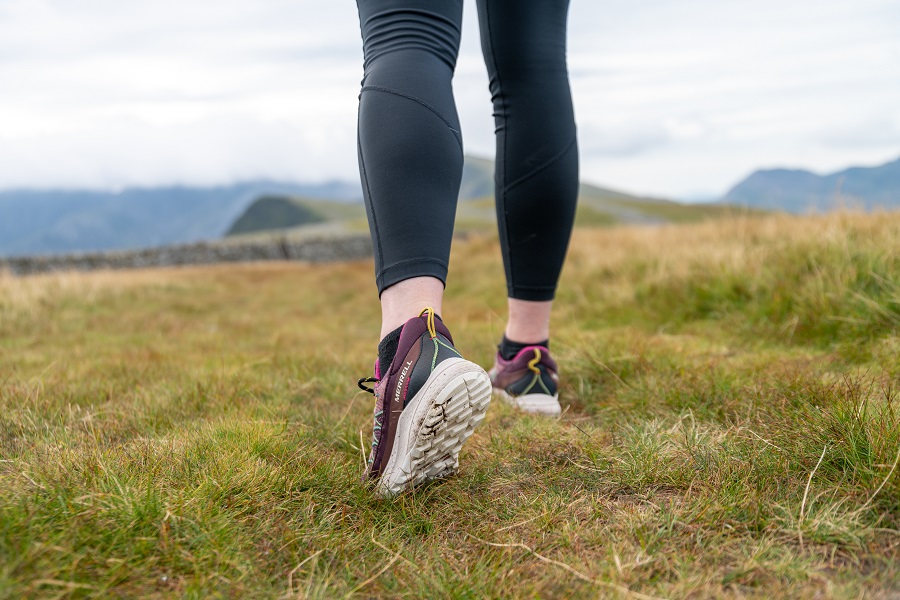
Shoes, boots or sandals:
Your choice of footwear can make or break your hiking experience. Whether you opt for hiking boots, shoes, walking sandals, or even trail running shoes, prioritising comfort, support, and traction is essential for tackling varied terrain and protecting your feet.
For hikes on uneven or rocky terrain, or if you’re carrying a heavy backpack, consider hiking boots that offer ankle support to prevent sprains and twists. The added stability can also help reduce fatigue on long hikes. However, if you’re embarking on a less strenuous hike in warm, dry weather, a pair of sturdy walking sandals like the the KEEN Hyperport H2, can be a comfortable and breathable option.
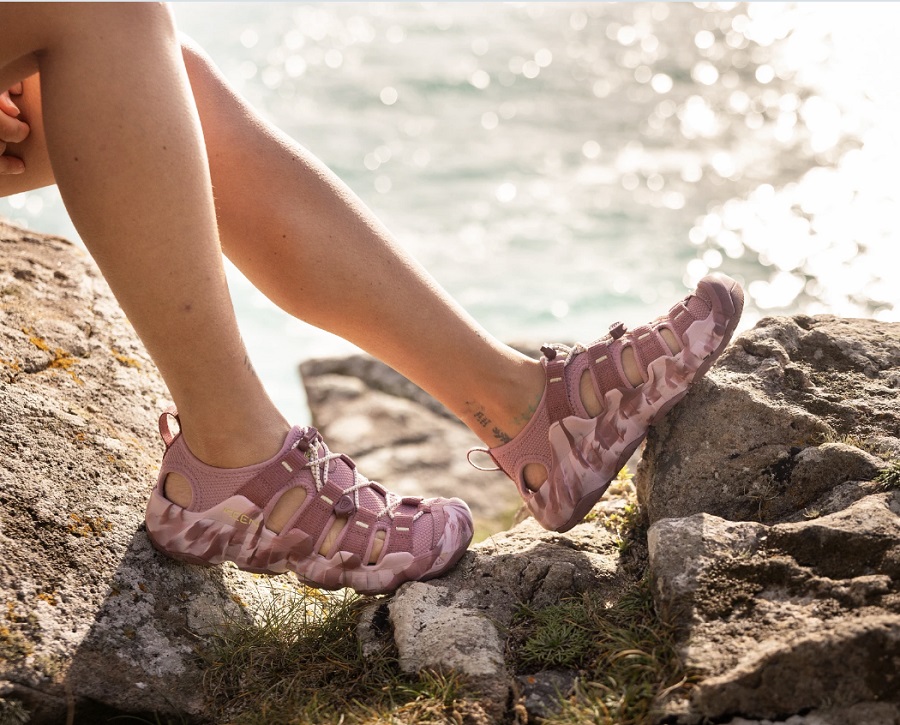
Hiking generates heat, and your feet are no exception. Choose footwear made from breathable materials like mesh or leather with ventilation panels to allow air circulation and prevent overheating. Sandals naturally excel in this area, offering maximum airflow to keep your feet cool and comfortable.
If you anticipate encountering wet conditions, consider waterproof hiking boots or shoes to keep your feet dry and comfortable. However, note that waterproof footwear can be less breathable, so choose wisely based on the expected weather and your personal preferences.
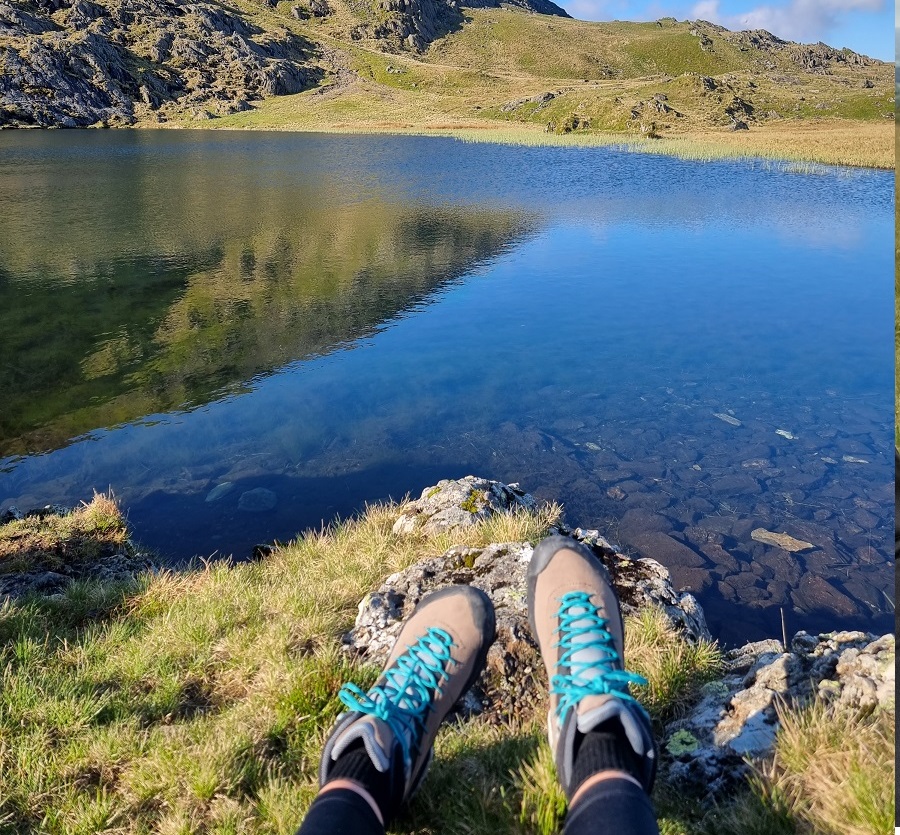
Warm mid-layer
Even in the midst of summer, temperatures can drop unexpectedly, especially in the evenings or at higher altitudes. A warm mid-layer is your insurance policy against the chill, adding a crucial layer of insulation to your hiking ensemble. A mid-layer traps body heat, keeping you warm when the mercury dips. It also helps regulate your body temperature during periods of high activity, preventing you from overheating and then getting chilled when you stop.
Fleece is a popular choice for mid-layers due to its warmth-to-weight ratio, breathability, and quick-drying properties. It comes in various weights, from lightweight to heavyweight, allowing you to choose the right level of insulation for your needs. Look for fleece jackets with a high collar or hood for added warmth and protection.
Socks
While often overlooked, socks play a pivotal role in your hiking comfort and performance. Choosing the right pair can mean the difference between a blister-free adventure and a painful slog. Prioritising moisture management, comfort, and fit is essential for happy feet on the trail.
Wet feet are a breeding ground for blisters, the hiker’s nemesis. Moisture-wicking socks draw sweat away from your skin, keeping your feet dry and reducing friction, which is a primary cause of blisters. Moist feet can quickly become cold feet, especially in cooler weather. Moisture-wicking socks help regulate the temperature of your feet, keeping them warm and comfortable even in damp conditions.
What to bring hiking in Summer
Backpack:
Selecting the right backpack is crucial for carrying your hiking essentials comfortably and efficiently. The size you need will depend on the length and duration of your hike, as well as how much gear you typically carry. For a day hike, a 20-30 litre backpack should suffice, while longer treks may require a 30-50 litre pack or even larger.
Beyond size, several features contribute to a comfortable and functional backpack. Look for padded shoulder straps and a hip belt that distribute weight evenly, reducing strain on your shoulders and back. Adjustable straps allow you to fine-tune the fit for your body, ensuring maximum comfort. Consider features like multiple compartments for organisation, external attachment points for trekking poles or other gear, and a hydration reservoir sleeve if you plan to use one.
Don’t forget to try on your loaded backpack before your hike to ensure it fits well and feels comfortable. A well-chosen backpack will be your trusted companion on the trail, carrying everything you need for a successful adventure.
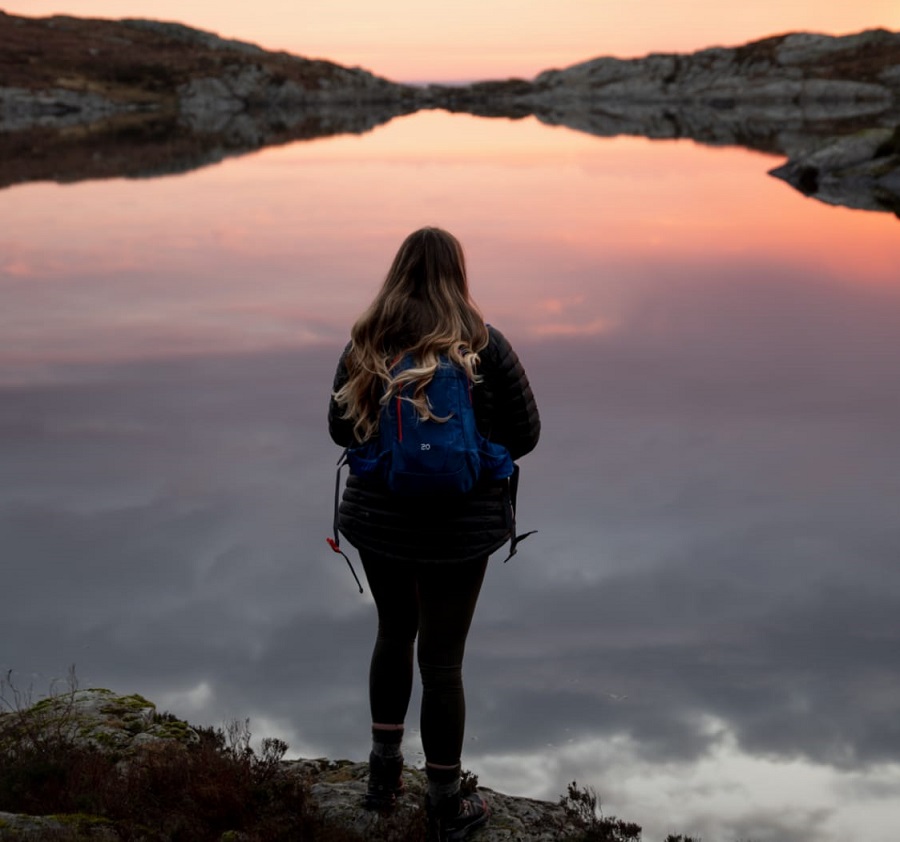
Map and compass:
While technology has made navigation more accessible than ever, don’t rely solely on your phone’s GPS. Battery drain, signal loss, or unexpected glitches can leave you stranded without a sense of direction. A physical map and compass are your reliable backup, offering a tried-and-true way to find your way even in the most remote corners of the UK.
Learning basic navigation skills is an investment in your safety and confidence on the trail. Knowing how to read a map, take a bearing with a compass, and triangulate your position can empower you to explore with confidence, even when technology fails. Familiarise yourself with the map’s symbols and contours, practice orienting the map with the compass, and learn how to follow a bearing. With a little practice, navigating with a map and compass can become a rewarding skill that adds a deeper dimension to your hiking adventures.
First aid kit:
A well-stocked first aid kit is an absolute essential for any hiker, serving as your safety net in case of minor injuries or unexpected emergencies. While the UK’s trails are generally well-maintained and accessible, accidents can still happen, and being prepared is crucial for your well-being.
Your first aid kit should include essentials like various sizes of bandages for cuts and scrapes, antiseptic wipes for cleaning wounds, blister plasters for preventing and treating blisters, and any personal medications you may need, such as pain relievers and allergy medication.
Headtorch:
Whether you’re setting off before sunrise, planning a late finish, or simply want to be prepared for unexpected delays, a headtorch is an indispensable piece of gear for any hiker. Its hands-free illumination allows you to navigate safely in the dark, keeping your hands free for balance and scrambling.
When choosing a headtorch, consider factors like brightness (measured in lumens), beam distance, battery life, weight, and comfort. Look for features like adjustable brightness settings, red light mode (to preserve night vision), and a comfortable headband that won’t slip or bounce during movement. Remember to pack extra batteries or a charging cable if your headtorch is rechargeable, ensuring that you always have a reliable light source at your fingertips.
Water filter bottle or hydration bladder:
Staying hydrated is crucial for any outdoor activity, especially hiking. The amount of water you need depends on the intensity of your hike, weather conditions and your personal sweat rate. As a general rule, carry at least 1 litre of water for every 2 hours of hiking, adjust this amount based on the factors mentioned above.
Choosing the right water carrier is a matter of personal preference. Water filter bottles are convenient and easy to refill, while hydration bladders offer hands-free drinking and can carry larger volumes of water. If you’re planning to refill your water from natural sources like streams or rivers, consider bringing a water filter or purification tablets to ensure the water is safe to drink. Regardless of your chosen method, prioritise staying hydrated on the trail to maintain energy levels, prevent dehydration, and ensure a safe and enjoyable hike.
Snacks and food:
Hiking is a physically demanding activity, and your body needs fuel to keep going. High-energy snacks provide quick bursts of energy to keep you going between meals. For longer hikes or multi-day treks, a packed lunch is a must. Opt for foods that are lightweight, easy to pack, and provide sustained energy. Sandwiches, wraps, salads, or pasta dishes are all good choices. Don’t forget to include fruits and vegetables for essential vitamins and minerals.

Sunglasses and sunscreen:
Even on cloudy days, the sun’s rays can be strong, especially at higher altitudes. Protecting your skin and eyes from harmful UV radiation is crucial for a safe and comfortable hike. Invest in a good pair of sunglasses that offer 100% UV protection and wrap-around styles for added coverage.
Sunscreen is your skin’s best friend on the trail. Choose a broad-spectrum sunscreen with a high SPF and apply it generously to all exposed skin before setting off. Reapply every couple of hours, especially after sweating or swimming. Protecting yourself from the sun ensures you can focus on enjoying the scenery and the journey, not nursing a sunburn.
Insect repellent:
The UK’s countryside is teeming with life, but some of that life can be quite bothersome. Midges, mosquitoes, and other biting insects can quickly turn a pleasant hike into a swatting frenzy. Packing insect repellent is a wise precaution, especially during the warmer months when these pests are most active.
Choose an insect repellent containing DEET, picaridin, or IR3535, as these are proven to be most effective. Apply the repellent generously to exposed skin, paying particular attention to ankles, wrists, and the back of your neck. Consider also spraying your clothing with a permethrin-based repellent for added protection. With a little preparation, you can keep those pesky insects at bay.
Whistle & Emergency shelter:
A whistle may seem like a small and insignificant item, but in an emergency situation, it can be your lifeline. Its piercing sound carries much farther than your voice, alerting others to your presence and signalling for help. A whistle is especially crucial in areas with limited phone signal and strong winds where shouting may not be effective.
The unpredictable British weather can turn on a dime, even in Summer. Carrying an emergency shelter can provide a crucial refuge in such situations, helping you stay warm and dry, until the weather improves or help arrives.
Additional Tips:
- Check the weather forecast: Be prepared for changing conditions.
- Tell someone your plans: Let someone know where you’re going and when you expect to be back.
- Leave no trace: Pack out all rubbish and respect the environment.
- Stay hydrated: Drink plenty of water, especially in hot weather.
- Pace yourself: Don’t overexert yourself, especially on challenging terrain.
Editor Picks for Summer Adventures:
To elevate your summer hiking experience, I’ve curated a selection of gear that combines functionality, comfort, and style.
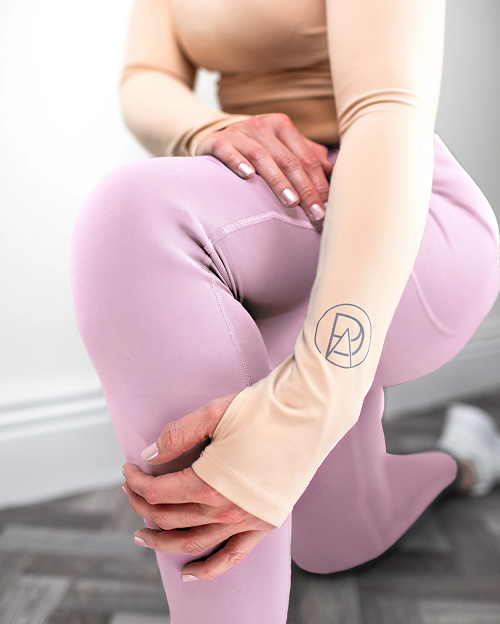
PADA Kneepadded Leggings – £87
These leggings are crafted with a stretchy, supportive fabric that moves with your body, ensuring unrestricted movement and freedom on the trail.
The integrated knee padding adds an extra layer of protection for your joints, reducing impact and minimising the risk of scrapes and bruises when kneeling or crouching on rough terrain. This feature is particularly beneficial for hikers who tackle challenging trails or enjoy exploring off the beaten path.
VIVOBAREFOOT Primus Trail Knit SG JJF – £150
The VIVOBAREFOOT Primus Trail Knit SG JJF are not your average hiking shoes. They’re designed to reconnect you with the natural feel of the trail while providing the protection and support you need for a comfortable and confident hike.
These shoes are engineered with a minimalist approach, offering a “barefoot feel” that allows your feet to move naturally and engage with the terrain.
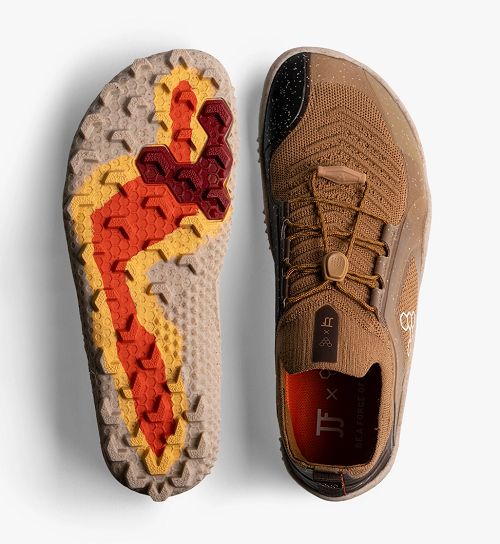
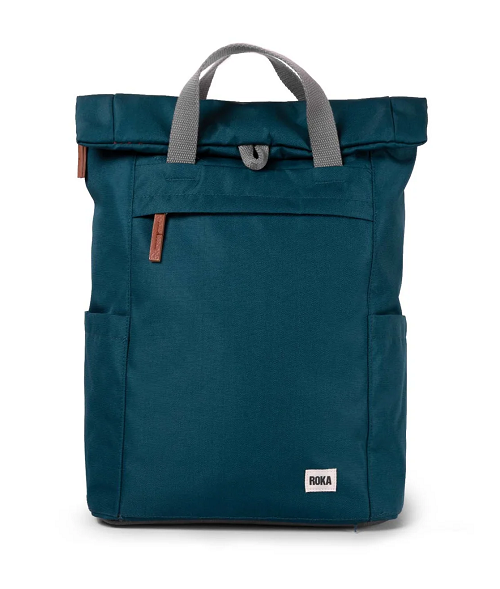
Roka London Backpack – £74.95
The Roka London Finchley A Teal Recycled Canvas Backpack is designed for the eco-conscious adventurer.
Crafted from recycled materials, this durable backpack offers ample space for your hiking essentials and boasts a water-resistant coating to protect your gear from the elements. Its comfortable carrying system ensures all-day comfort on the trail, making it the perfect companion for your next outdoor adventure.
KEEN Women’s Hyperport H2 Sandal – £120
The KEEN Women’s Hyperport H2 Sandal redefines summer footwear, offering a unique blend of sandal comfort and hiking shoe functionality. This hybrid design is perfect for warm-weather adventures, providing breathability and freedom of movement while still offering support and protection on the trail.
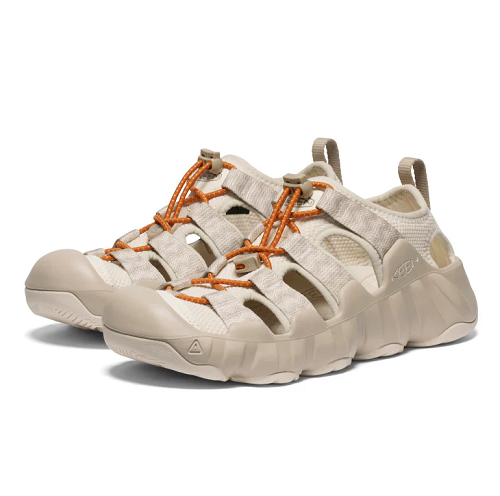

From scaling mountain peaks to savouring exotic flavours, I’m a passionate explorer with an insatiable appetite for adventure and good food. As an Outdoor Adventure and Travel Editor, I’m constantly seeking new experiences that ignite my senses and broaden my horizons. Through my blog, I share captivating travel tales, mountain-tested advice, healthy food inspiration, and training tips to empower fellow adventurers on their own journeys of discovery.
Follow Sam’s adventures on Instagram @sams_adventures_x